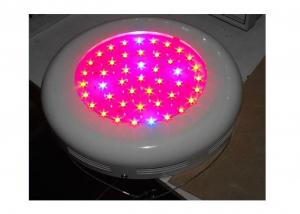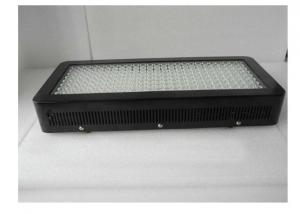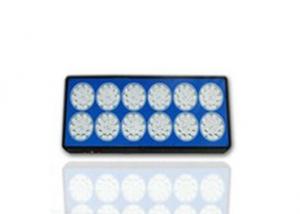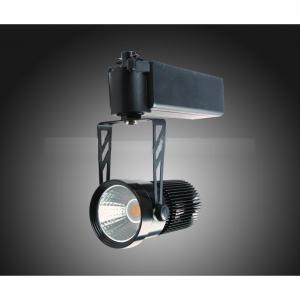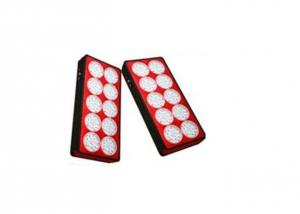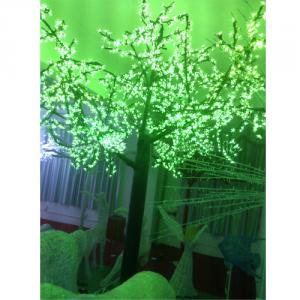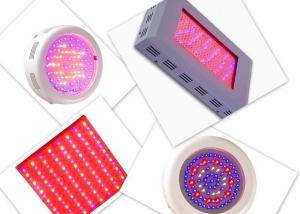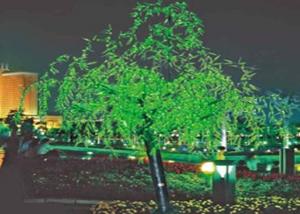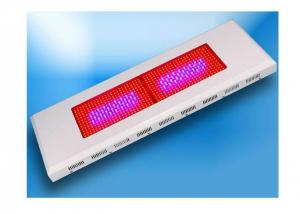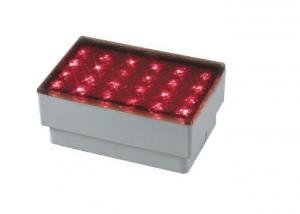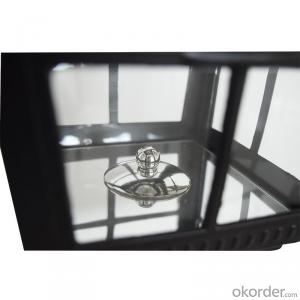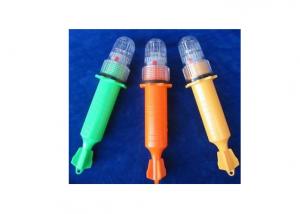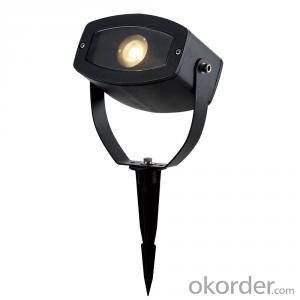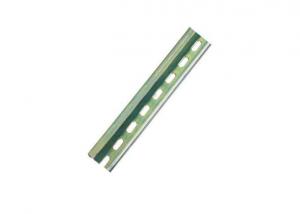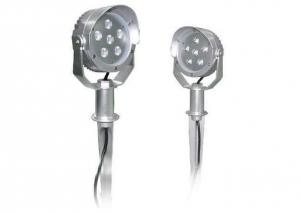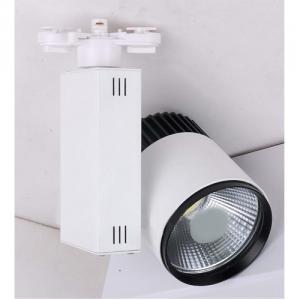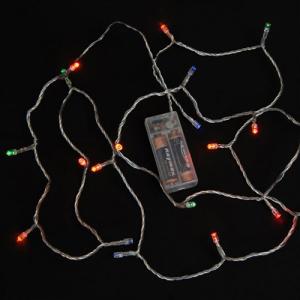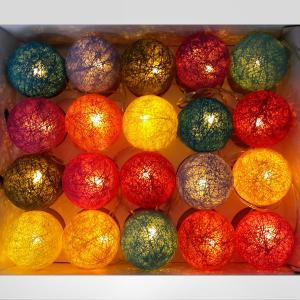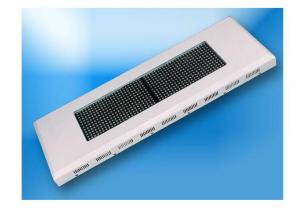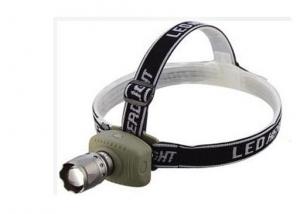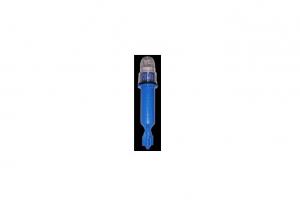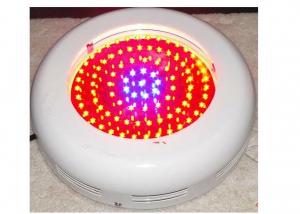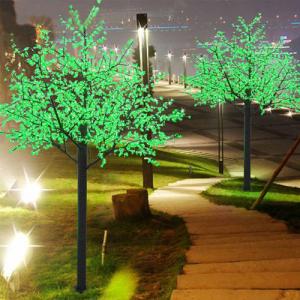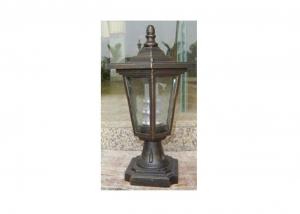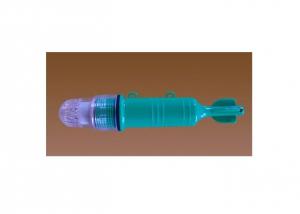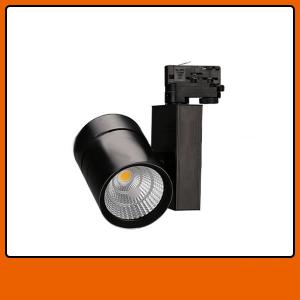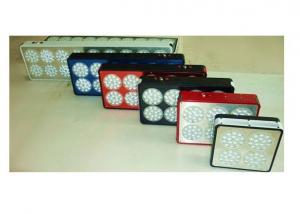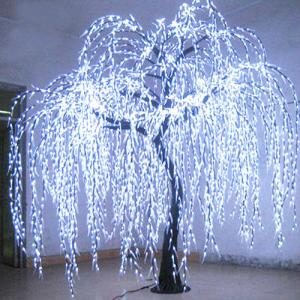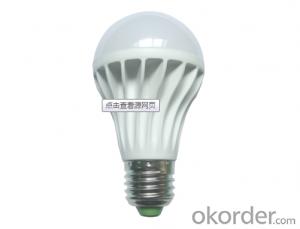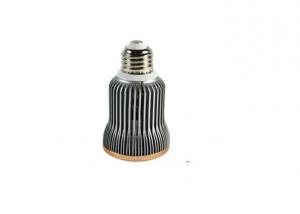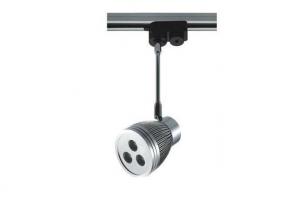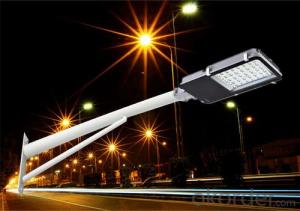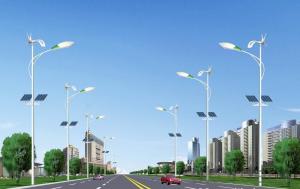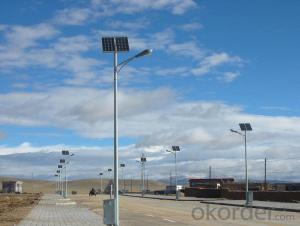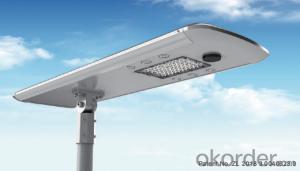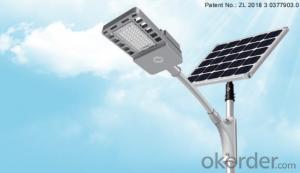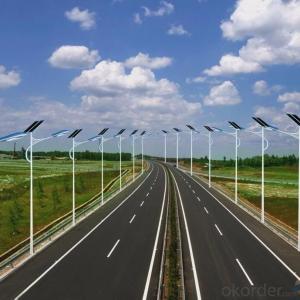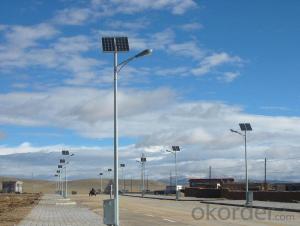Led For Growing Cannabis
Led For Growing Cannabis Related Searches
Led For Cannabis Growing Cannabis Grow Lights Led Cannabis Led Grow Lights Led Grow Lights Cannabis Grow Lights For Cannabis Led Lights For Seedlings Growing Under Led Lights Led Lights For Flowering Lights Led Spectrum Led Grow Lights Led Light For Chandelier Outdoor House Lights Led Led Garden Lighting Track Lighting Heads Led Outside Lights For Trees Led Bulbs For Spotlights Led Lights For Christmas Outdoor Lights For Trees Led Bulbs For Can Lights Led Outside House Lights Grow Light Indoor Garden Led Reading Lamp For Bed Fertilizer For Plant Led Outdoor Wall Lantern Led Light Christmas Tree Outdoor Floor Lights Led Led Lights For Warehouse Power Factor Led Led Indoor Garden Lights Led Outdoor Ceiling LightLed For Growing Cannabis Supplier & Manufacturer from China
Led For Growing Cannabis is a specialized lighting solution designed to cater to the specific needs of cannabis plants during their growth cycle. These LED lights are engineered to provide the optimal spectrum of light, ensuring that plants receive the necessary wavelengths for photosynthesis, which in turn promotes healthy growth and increased yield. The product is particularly beneficial for indoor cannabis cultivation, where natural sunlight may be limited or unavailable.The application of Led For Growing Cannabis lights spans across various usage scenarios, including indoor grow rooms, greenhouses, and even small-scale home cultivation setups. These lights are energy-efficient, long-lasting, and produce minimal heat, making them an ideal choice for growers looking to maintain a consistent and controlled environment for their cannabis plants. By using these LED lights, growers can optimize the growth of their plants, leading to higher quality and more abundant harvests.
Okorder.com is a reputable wholesale supplier of Led For Growing Cannabis products, boasting a large inventory that caters to the diverse needs of growers worldwide. The company prides itself on offering high-quality, cost-effective solutions for cannabis cultivation, ensuring that customers receive the best possible products for their specific requirements. With a commitment to customer satisfaction and a focus on innovation, Okorder.com continues to be a trusted source for Led For Growing Cannabis lights and related accessories.
Hot Products


